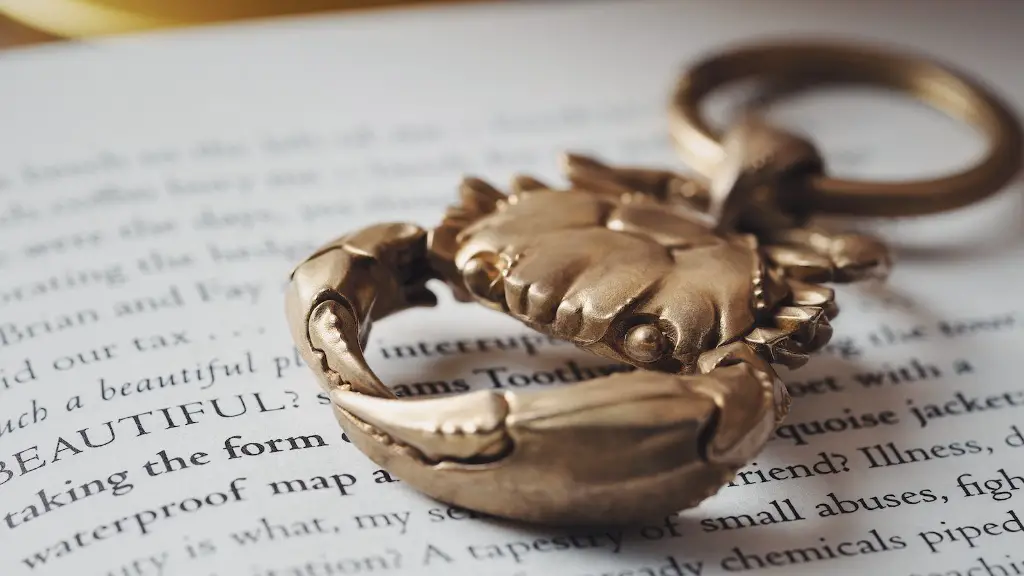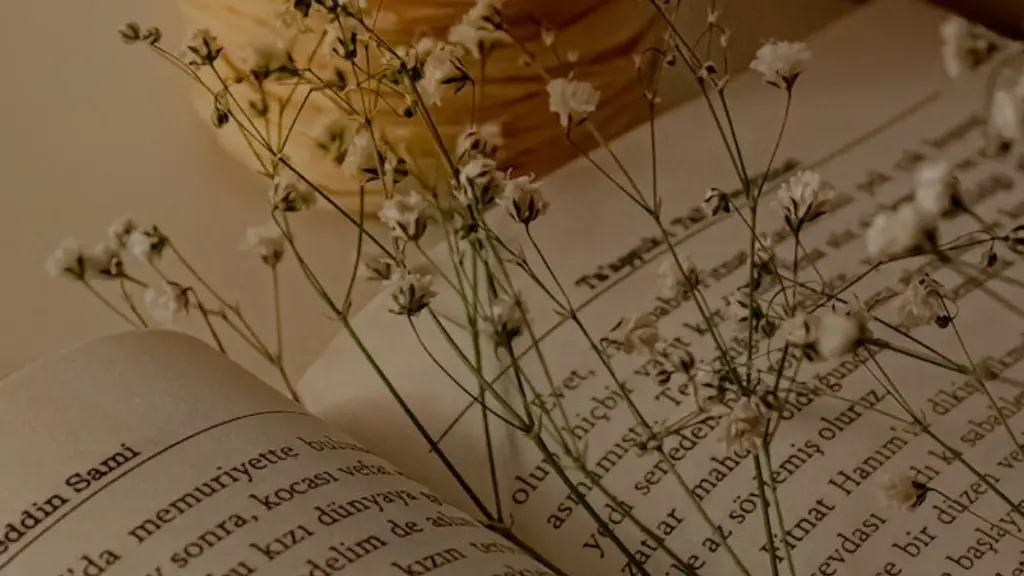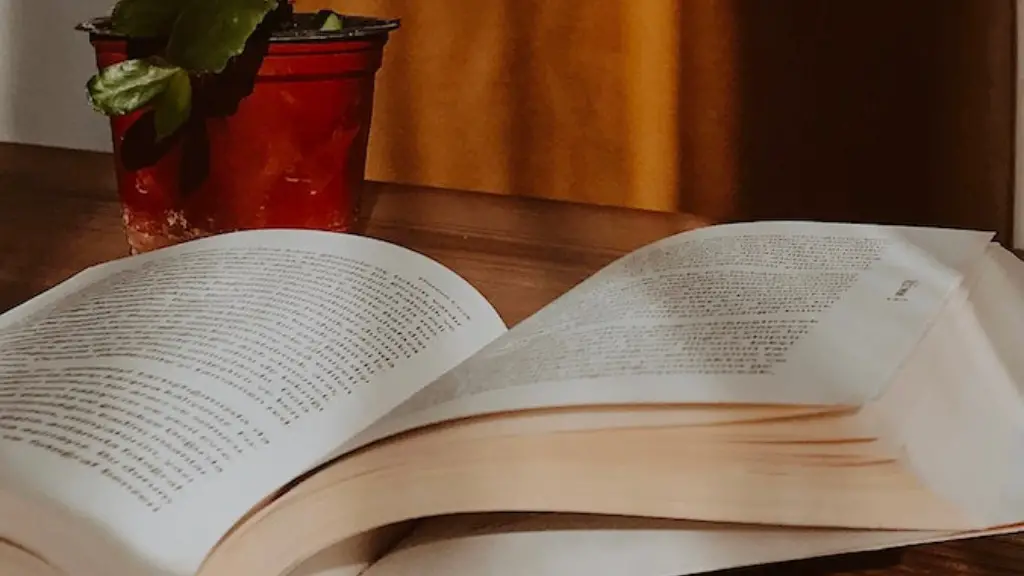Definition of Imagery Poetry
Imagery poetry is a type of poetry that uses descriptive language to create visual images in the reader’s mind. A poem is typically composed of many different elements, including metaphor and simile, which provide for imagery. Poems can be about any subject, although some poetry focuses on specific topics, such as nature or love. The purpose of imagery poetry is to create vivid representations of thought, emotion, and experience in the readers’ minds.
The Purpose of Imagery
Imagery used in poetry is meant to evoke emotions in the reader by means of its detailed description of a particular scene or subject. Using vivid sensory words and phrases, a poet can create an image that is both clear and powerful. The goal of imagery is to make the reader feel as if they are a part of the poem and to stir up certain emotions in the reader. Through imagery, a poet can connect with the reader in a way that other forms of writing cannot.
Types of Imagery
Imagery can be divided into two primary types: literal and figurative. Literal imagery involves descriptions of objects or scenes that are literal or observable. Figurative imagery refers to descriptions that are metaphorical or are designed to paint a picture in the reader’s mind. Both of these types of imagery have their merits and drawbacks, but both can be used effectively to evoke emotion in the reader.
The Benefits of Imagery Poetry
Imagery has the power to transform the reader’s experience of a poem. By using imagery, a poet has the opportunity to express their thoughts, feelings, and experiences in a way that is creative and unique. Furthermore, imagery has the potential to create an emotional response in the reader. This can be beneficial for those looking to communicate their own emotions and for those who appreciate poetry for its power to influence.
Examples of Imagery in Poetry
One of the most well-known examples of imagery in poetry is Robert Frost’s poem “The Road Not Taken.” In this poem, Frost paints a vivid image of his journey as he takes the less-traveled path. Through this imagery, the poem speaks to the universal idea of making choices and the consequences of such choices.
William Wordsworth’s poem “Daffodils” also provides vivid visual images. In this poem, Wordsworth describes a vivid landscape of daffodils as he remembers his time spent wandering by the lake. Through imagery, he draws the reader into the emotions he experienced on that day.
Imagery in Modern Poetry
Imagery continues to be used in modern poetry as a powerful tool to evoke emotion in the reader. Nikki Giovanni’s “Love Poem” is a recent example of imagery in poetry. In this poem, Giovanni paints vivid scenes of love using imagery. By using descriptive, sensory language, she creates a powerful and emotive portrait of love in her readers’ minds.
The Advantages of Using Imagery in Poetry
Imagery adds an extra dimension to poetry and helps to create a powerful emotional response in the reader. Imagery also provides a poet with the ability to convey their inner thoughts and experiences in a creative and unique manner. By using imagery, a poet can effectively communicate their vision and move the reader in a way that other forms of writing cannot.
Imagery & Poetic Devices
The power of imagery in poetry can be enhanced by using other poetic devices. Metaphors, similes, and personification are all examples of poetic devices that can be used to add further power to an image. By combining imagery with these devices, a poet can create memorable and meaningful scenes that will stay with the reader long after they have finished reading the poem.
Imagery & Effect of Language
The effect of language on imagery can’t be underestimated. In poetry, an author has the ability to choose the language that best suits their purpose. By selecting powerful, descriptive words that evoke emotion in the reader, a poet can create a vivid portrait of the scene that they are trying to portray. Similarly, authors can also select words that are more subtle and subdued to promote a more tranquil atmosphere.
The Role of Imagery in Poetry
Imagery plays a vital role in poetry. It is a powerful tool that allows authors to express their thoughts, feelings, and experiences in a creative and unique way. Imagery can also be used to evoke emotions in the reader as well as to create vivid and memorable scenes with the words that the author has chosen. In addition to this, imagery can be enhanced by the use of other poetic devices such as metaphor, simile, and personification. Overall, imagery is an essential element to any type of poetry and is a key weapon in the author’s arsenal.


